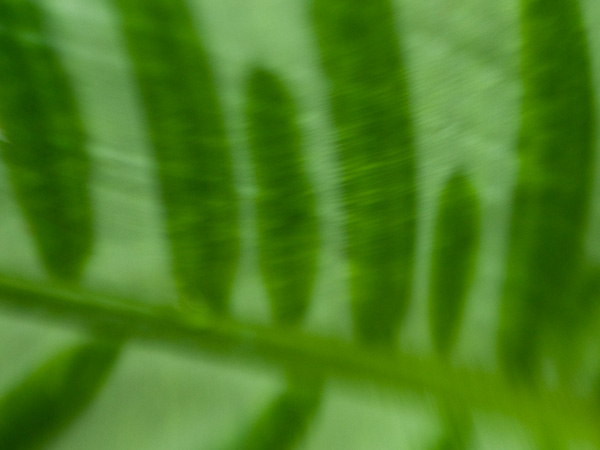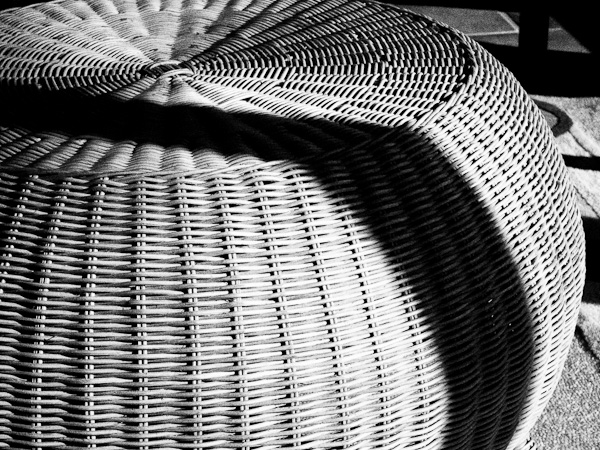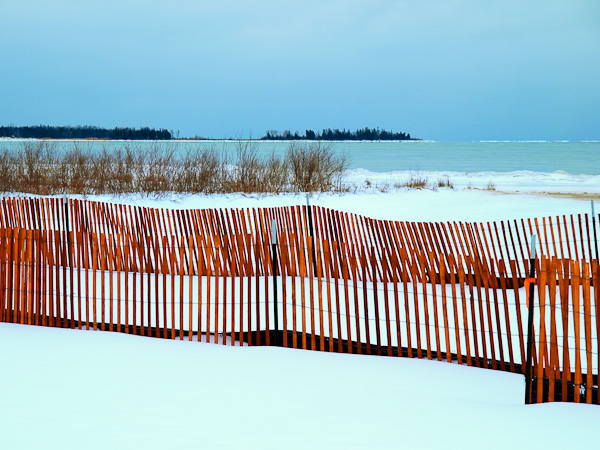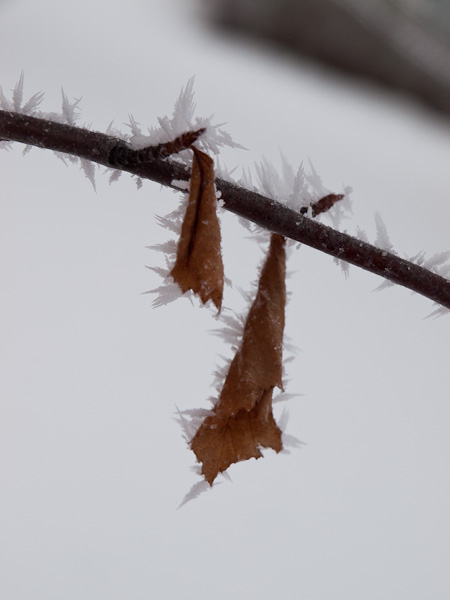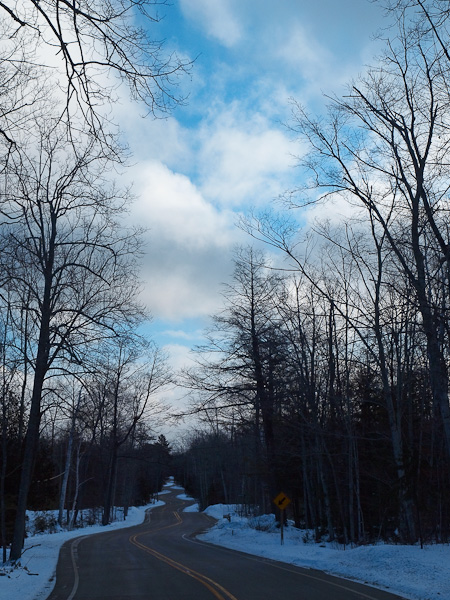I’m experimenting with the Lensbaby Composer, a sweet little lens on a ball and socket that allows me to swivel the lens and focus on a focal point – or not! I find that using what some photographers refer to as a “play lens” frees me from the rules and lets me take photographs that I usually see only in my imagination.
I love the abstract feel of this plant leaf taken with the macro-adapter. A bit dreamy, out of focus, a bit like thinking about the nearness of spring while mired in the last days of January.
